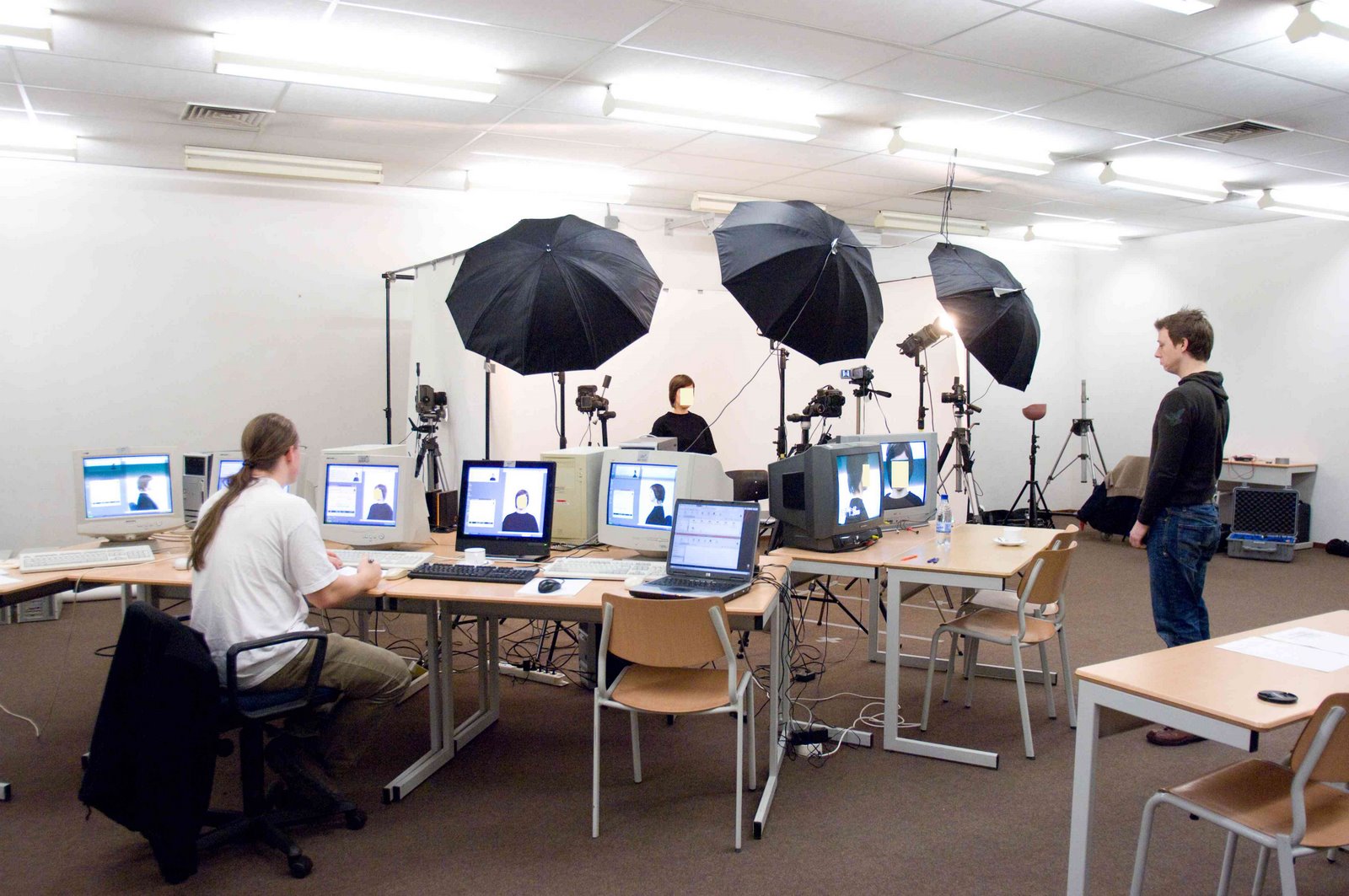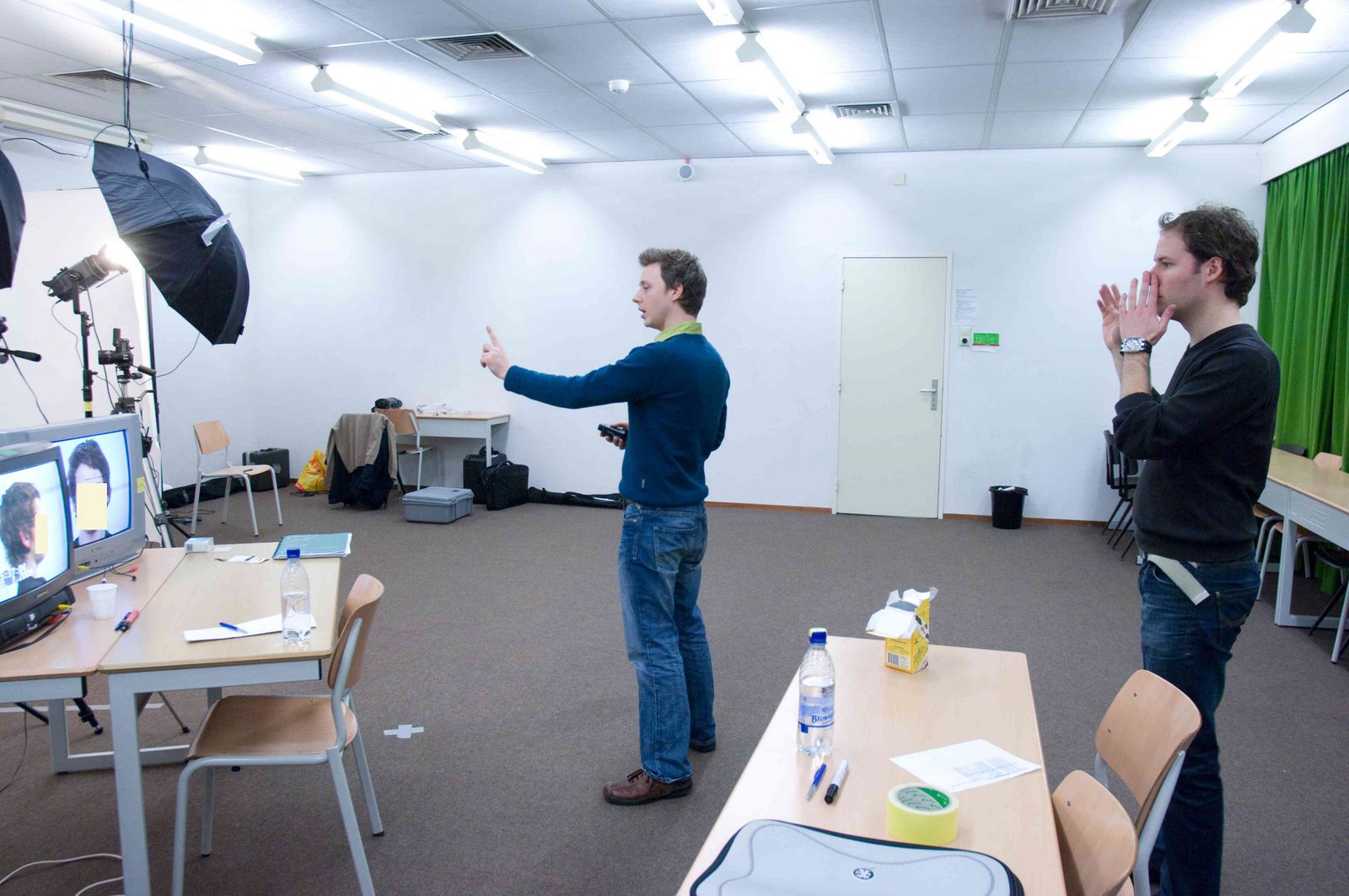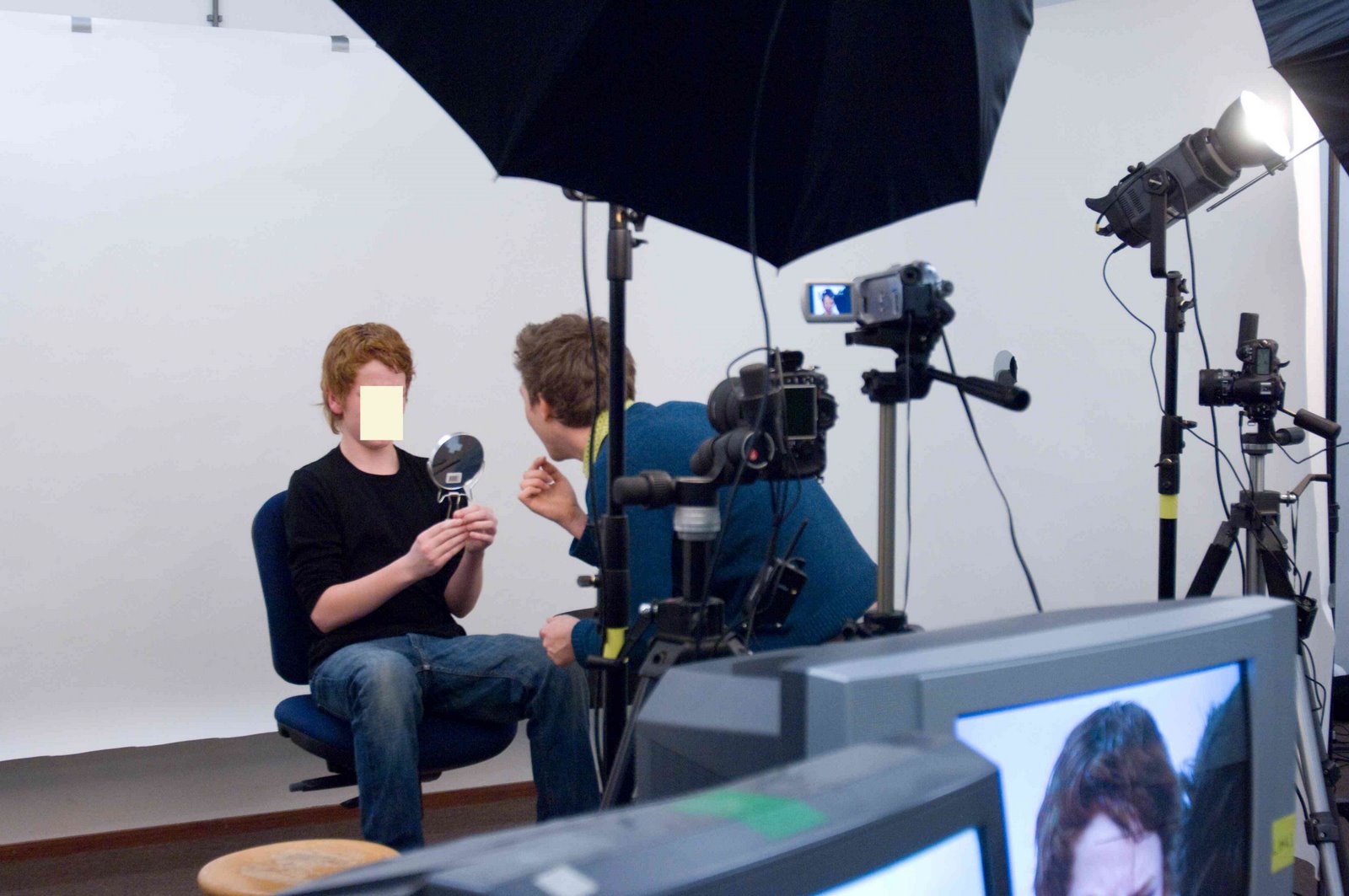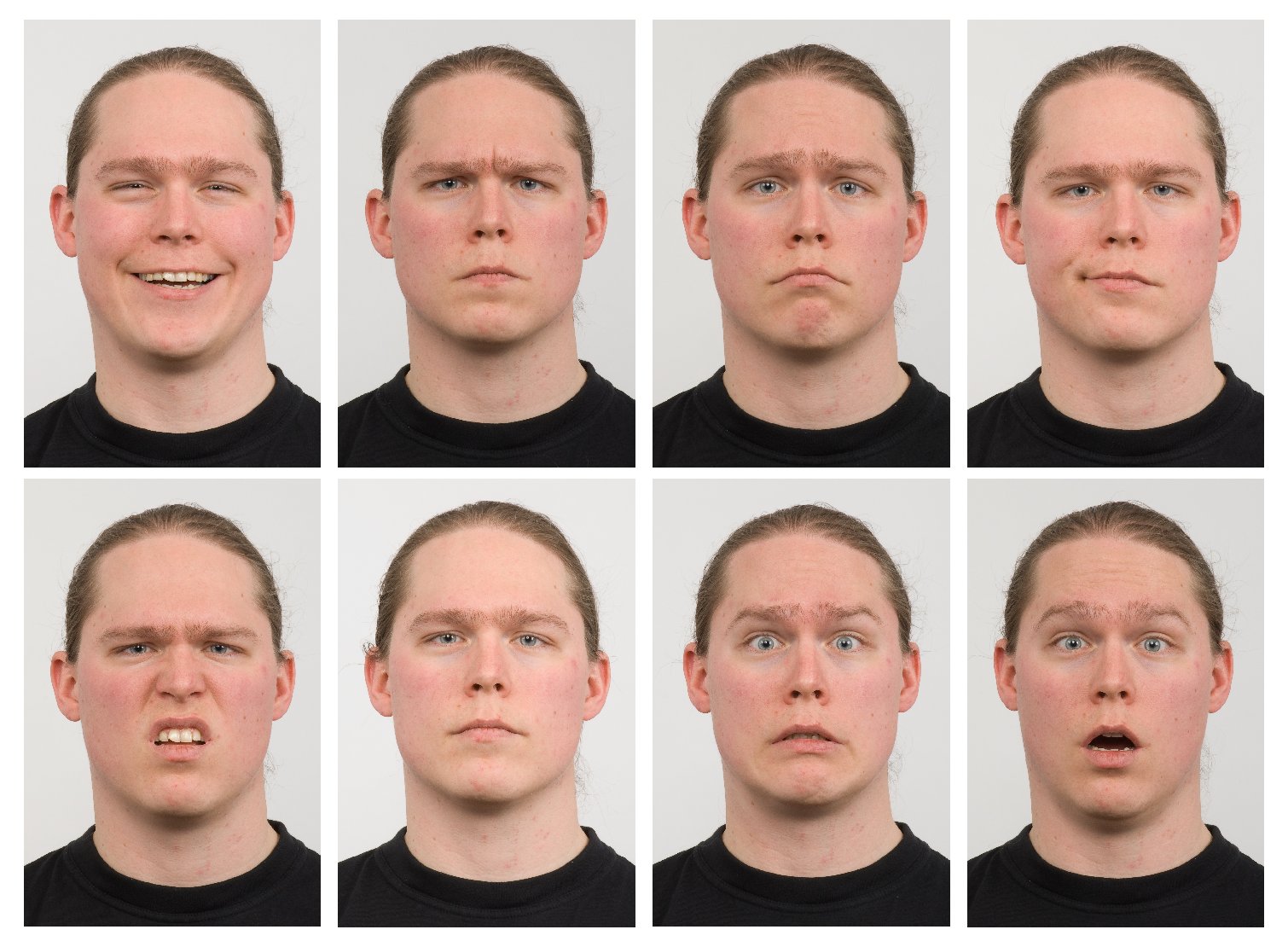The Radboud Faces Database will be released on the 25th of February 2010!
We finally finished the alignment and other post-processing steps for all images of the database (8040 images in total). Currently, we are running some internal tests of the website, through which RaFD will be distributed. Finally, on the 25th we will have a mini-symposium at the Behavioural Science Institute to celebrate the official release of this long project.
For those interested, here already some details about how to get access: On the final website (www.rafd.nl; will become available also on the 25th), you can apply for access through a web-interface, where you choose login credential yourself. We will check if you are a member of an accredited university and when access is granted, you can immediately download the database (or the parts you need) from the website.
We are very positively looking forward to the 25th, and hope that the Radboud Faces Database will fit your needs and inspire a lot of new research lines!
Oliver









